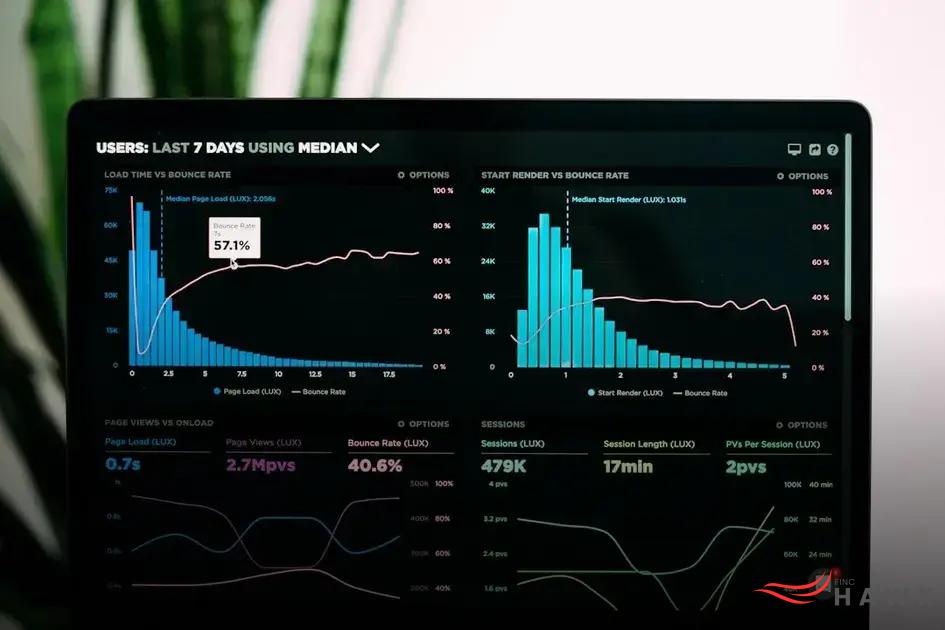The U.S. Dollar Forecast for 2024 is a topic of great interest for investors and economists alike. With the global market dynamics and geopolitical developments, predicting the future of the USD requires a careful analysis of various factors. In the following sections, we will dive into the key elements that could influence the direction of the U.S. dollar in 2024, explore expert predictions, assess how global events might affect its value, and identify potential investment opportunities.
Factors Influencing the USD in 2024
Several key factors are expected to influence the USD in 2024, each playing a significant role in shaping the currency’s trajectory. First, the U.S. Federal Reserve’s monetary policy decisions on interest rates will be pivotal. These decisions affect inflation and economic growth, directly impacting USD value. Market participants will keep a keen eye on the Fed’s stance on these issues.
Secondly, economic performance in the United States and other global economies can shift the demand and supply dynamics of USD. Strong GDP growth, employment statistics, and industrial output can bolster the USD, while economic slowdowns may weaken it.
Moreover, geopolitical events around the world, such as trade tensions, geopolitical conflicts, and pandemics, can lead to risk aversion or risk appetite in global markets. These events often result in capital flows toward safe-haven currencies like the USD.
Another important factor is commodity prices. The value of commodities like oil and gold can impact USD strength as they are typically priced in dollars. Fluctuations in these sectors can lead to adjustments in currency valuations.
Fiscal policies implemented by the U.S. government, such as tax changes or spending programs, may also influence the currency’s performance in international markets. Investors will be looking closely at any fiscal policy changes that might impact economic fundamentals.
Lastly, international trade agreements and partnerships will have a significant impact on USD. Any shifts in trade policies between the U.S. and other major economies could alter currency dynamics dramatically.
Expert Predictions: USD Trends

In 2024, financial experts anticipate a variety of trends that could impact the USD. Interest rates set by the Federal Reserve will likely remain a significant influence, as adjustments can affect the currency’s strength. With potential rate hikes, the USD could see a period of strengthening, making it more attractive to investors.
Furthermore, inflation control measures are expected to play a pivotal role. Efforts to curb inflation can enhance the dollar’s purchasing power, positively affecting its global standing. Economist forecasts suggest that inflation will be a primary focus, potentially leading to policy adjustments.
Trade policies and agreements with key international partners could also shape USD fluctuations. Changes in trade dynamics might lead to shifts in demand for the dollar, influencing its valuation. Engaging actively in trade discussions will be crucial for maintaining USD stability.
The influence of emerging market growth can’t be overlooked. As these markets expand, their impact on the dollar might increase, prompting shifts in exchange rates as capital flows adjust globally.
Monitoring geopolitical events remains essential, as any significant occurrences can cause sudden market reactions, influencing USD trends unpredictably.
Global Events Impacting the U.S. Dollar
Global events play a pivotal role in shaping the value of the U.S. Dollar. In 2024, various international occurrences are likely to have significant implications for the USD. One major event is the ongoing trade negotiations between major economies. Changes in trade policies can impact imports and exports, influencing the demand for the Dollar.
Geopolitical tensions also add to the uncertainty surrounding the Dollar. Conflicts or unstable regions can lead to a flight to safety, increasing the demand for the USD as investors seek a more secure currency. Furthermore, any changes in international alliances or treaties can alter economic landscapes, affecting currency values.
Monetary policy decisions by other countries are crucial as well. If significant economies decide to alter their interest rates or engage in quantitative easing, these moves can affect capital flows, impacting the value of the USD. The actions of the European Central Bank, the Bank of Japan, or the People’s Bank of China, for instance, can create ripple effects felt across financial markets worldwide.
Finally, natural disasters or pandemics can disrupt global supply chains, influencing trade patterns and economic stability, which in turn affects the US Dollar’s strength. Monitoring these events helps anticipate USD movements.
Investment Opportunities with USD Analysis

Exploring potential investment opportunities in the context of USD analysis can offer valuable insights for investors. The U.S. dollar’s trajectory plays a significant role in international trade, commodity pricing, and global economic health.
Firstly, let’s look at the correlation between currencies and commodities. A stronger USD can make commodities priced in dollars more expensive for holders of other currencies. This dynamic can affect investments in sectors such as oil, gold, and agriculture. For instance, if the dollar strengthens, it can lead to lower commodity prices, which might create a dip in revenues for commodity exporters but reduce costs for importers.
Secondly, equity markets can be influenced by the U.S. dollar’s performance. Companies that generate significant international sales can see their revenues fluctuate based on currency exchange rates. A strong USD might impact their overseas earnings but domestically, it could boost purchasing power.
Furthermore, emerging markets offer a mixed bag of opportunities and risks dependent on USD strength. Countries with large dollar-denominated debts might face challenges with higher debt servicing costs if the USD appreciates. However, they can also benefit from increased trade and investment if their own currencies remain stable and competitive.
Finally, investors should consider interest rate differentials as they can have profound impacts on currency movements. If U.S. rates are expected to rise, this could bolster the USD, attracting more foreign investment into U.S. assets.
In conclusion, understanding how these variables interplay is crucial for identifying viable investment opportunities aligned with the USD’s projected path. Adjusting portfolios in anticipation of USD movements can help mitigate risks and maximize returns.





